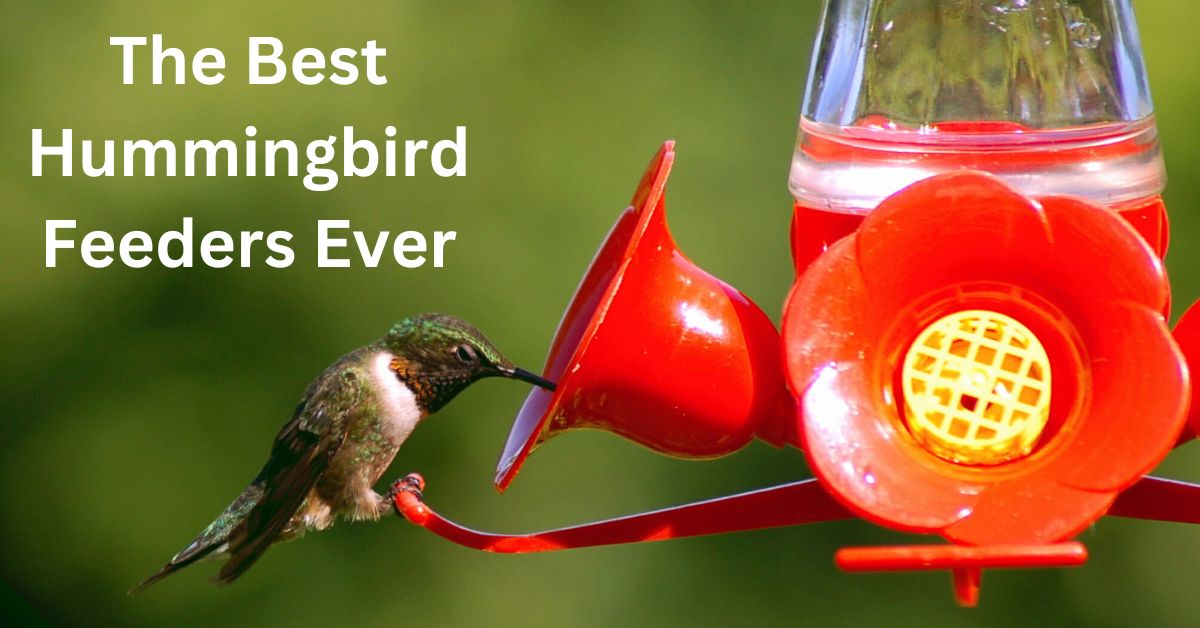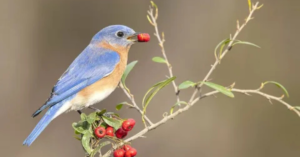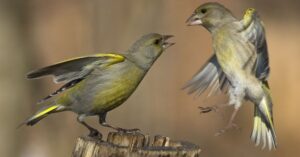If you’ve ever been enchanted by the iridescent flash of a hummingbird flitting through your garden, you know that these tiny marvels of nature can transform any outdoor space into a lively spectacle. To attract these delightful creatures, having the best hummingbird feeder is essential. But with so many options available, how do you choose the right one? In this article, we’ll explore the best hummingbird feeders on the market today—each designed to not only entice these feathered friends but also enhance your backyard experience.
Selecting a high-quality hummingbird feeder can make all the difference in attracting more visitors and ensuring their well-being. From classic glass designs to innovative feeding systems, there are myriad styles tailored to suit every garden aesthetic and avian need. With just a little effort and the right tools, you can create an inviting haven for some of nature’s most captivating birds!
What Do I Put In A Hummingbird Feeder?
When it comes to attracting those vibrant hummingbirds, knowing what to put in a hummingbird feeder is essential for success. The best hummingbird feeder will typically be filled with a simple mixture of four parts water to one part granulated sugar.
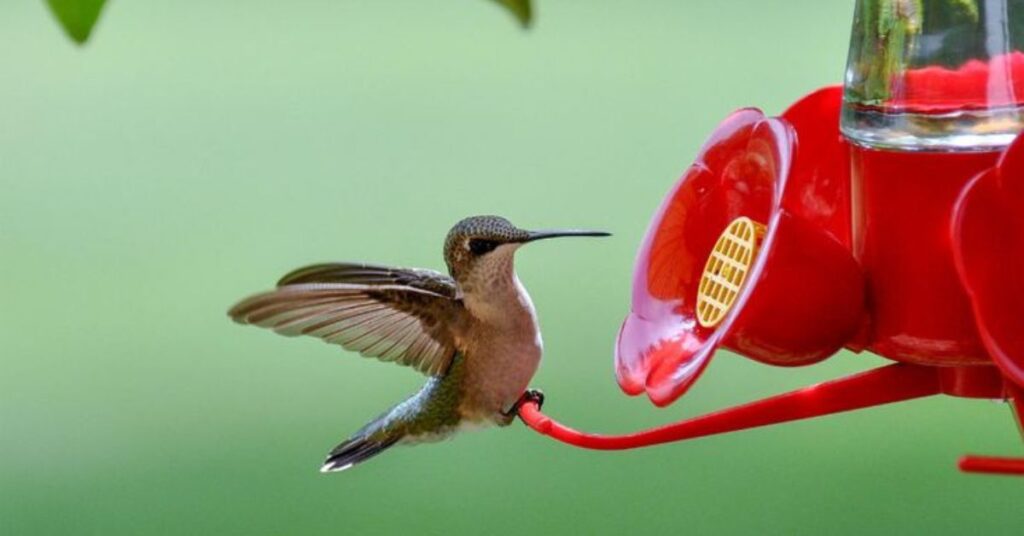
It’s crucial to avoid red dye or other additives; the natural nectar they’re designed for is already enticing enough! Boiling the mixture ensures that any impurities are eliminated, and letting it cool before filling your feeder can help maintain the health of these delicate birds.
When considering which are the best hummingbird feeders on the market, look for options that are easy to clean and refill. Offer multiple feeding ports and wide bases so more birds can enjoy their meal without conflict. Some of the best hummingbird feeders also come with built-in ant guards or bee barriers, ensuring that our feisty friends get an exclusive dining experience free from unwanted visitors.
With carefully prepared nectar in a well-designed feeder, you’ll create a delightful sanctuary for these beautiful creatures right in your own backyard!
How Often Should I Clean Hummingbird Feeders?
To ensure the health of your feathered friends, it’s essential to clean your hummingbird feeders regularly. Ideally, you should clean a hummingbird feeder every 3-4 days, particularly during warmer months when nectar can spoil quickly.
To preventing mold and fermentation, this routine maintenance promotes vibrant visits from these tiny birds. If you notice any cloudiness in the nectar or signs of microbial growth, it’s best to service your feeders immediately.
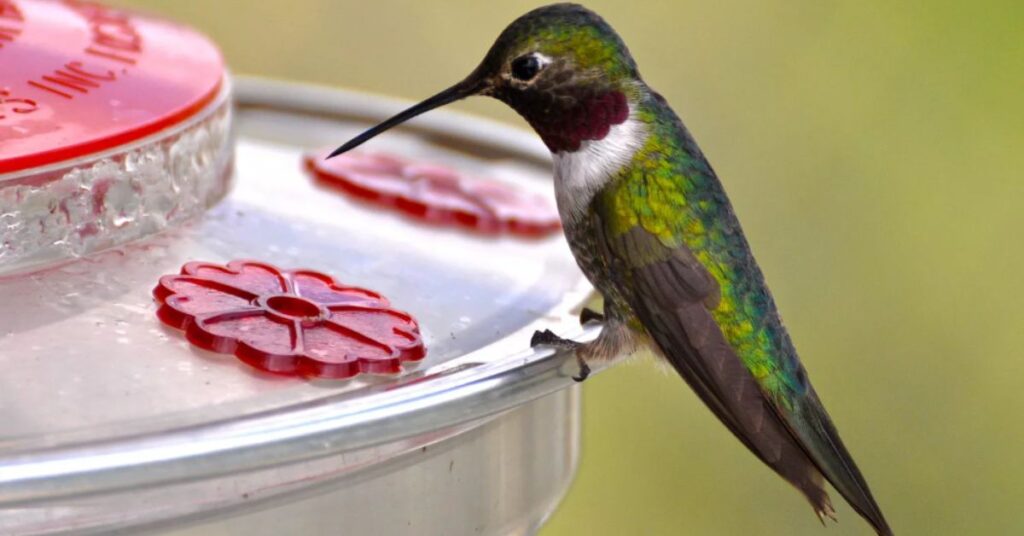
Choosing the best hummingbird feeder can also make cleaning easier and more effective. Opt for designs that feature removable parts and are dishwasher safe; they often simplify the process without sacrificing style or functionality. Some of the best hummingbird feeders on the market also incorporate features like bee guards or built-in ant mote systems, enhancing both their attractiveness and utility.
By maintaining a consistent cleaning schedule with top-notch hummingbird feeders, you’re not only supporting wildlife but also enhancing your garden’s charm as these delightful creatures grace your space with their presence.
What To Look For In A Hummingbird Feeder
Size
When selecting the best hummingbird feeder, size is a crucial factor that can influence your feathered visitors’ enjoyment and frequency of visits. Larger hummingbird feeders allow you to accommodate more nectar, which means less frequent refilling on your part.
However, it’s essential to balance capacity with ease of cleaning; smaller feeders might be simpler to maintain and prevent nectar from spoiling quickly. If you have a vibrant garden full of different flower types or live in an area with high hummingbird traffic, investing in multiple bird feeders can be beneficial.
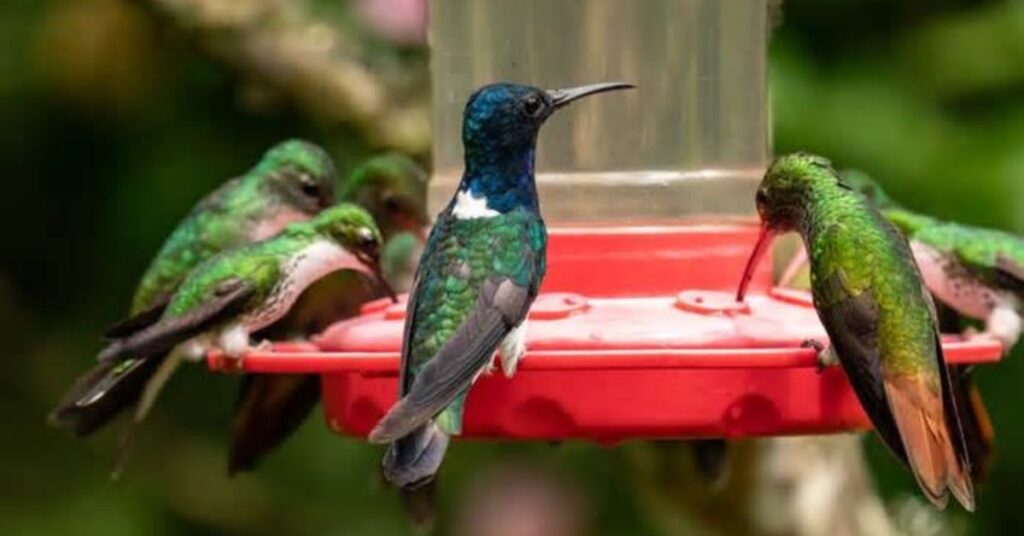
The best hummingbird feeder should also feature designs that cater specifically to these delightful creatures’ natural behaviors. Look for feeders with appropriately sized feeding ports, ensuring they’re not too wide or narrow for comfort.
Some best hummingbird feeders include ant moats and bee guards—vital features that help keep unwanted pests away while attracting only the most dedicated hummers. Ultimately, finding the right combination of size and functionality will create an inviting oasis for these tiny birds and ensure you enjoy their beauty all season long!
Shape
When selecting the best hummingbird feeder, one crucial aspect to consider is the shape of the feeder. Different designs can attract varying species of hummingbirds, as they cater to their unique feeding behaviors. For instance, a flat feeder mimics natural flower shapes and can accommodate multiple birds at once, whereas a tubular design tends to attract specific varieties that prefer long beaks for sipping nectar from deeper sources.
Opting for a bright red or colorful design not only enhances visibility but also entices more of these enchanting birds to your yard.
Another key feature in choosing hummingbird feeders is how easy they are to clean and refill. A well-designed feeder should offer wide openings for effortless access and maintenance, ensuring that you can keep it fresh and inviting throughout the feeding season.
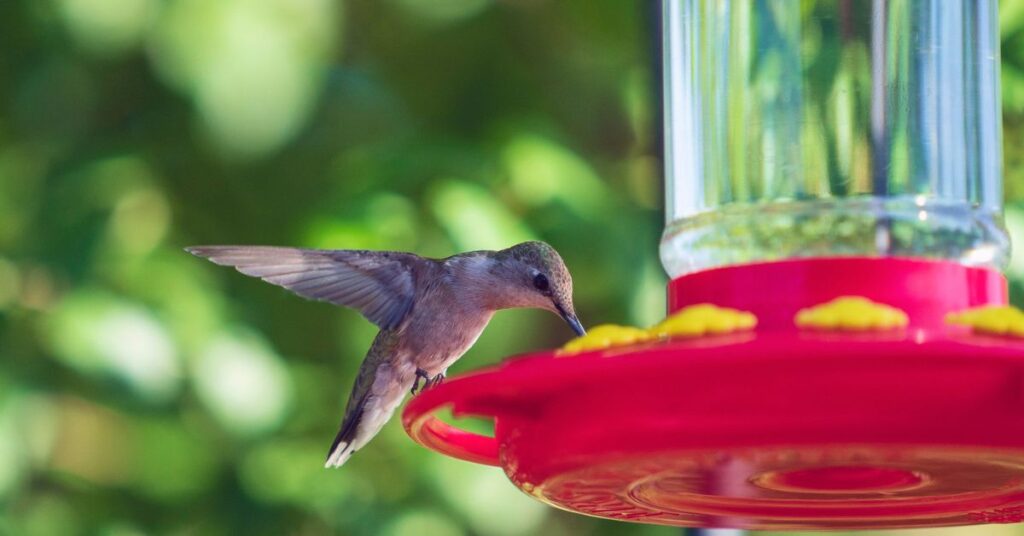
Look for models with detachable parts that allow for thorough cleaning; this reduces mold buildup which can threaten our delicate feathered friends’ health. Focusing on both the shape and functionality of your hummingbird feeders will ensure they remain an irresistible attraction in your garden all summer long—creating delightful moments among nature’s most fascinating creatures.
Cleaning
When selecting the best hummingbird feeder, it’s essential to consider not just its design but also its ease of cleaning. A well-maintained feeder attracts more birds and promotes their health. Look for models with wide openings or detachable components that allow you to thoroughly clean all parts. The best hummingbird feeders often feature nectar reservoirs that are easy to disassemble, making routine maintenance a breeze.
Pay attention to materials; glass feeders tend to resist mold better than plastic options. Opting for a high-quality feeder can save time and effort during the cleaning process while enhancing your backyard’s appeal. Remember, the best hummingbird feeder is one that combines functionality with cleanliness—ensuring your feathered visitors enjoy safe and fresh nectar every time they stop by!
How Do Hummingbirds Find Feeders?
Hummingbirds possess remarkable navigation skills that allow them to find hummingbird feeders with astonishing accuracy. Their keen sense of sight enables them to spot bright colors, particularly red and orange, from great distances. This vibrant visual cue is essential for attracting these aerial marvels and ensuring they locate the best hummingbird feeder in your garden.
In addition to their sight, the tiny birds are also adept at remembering specific locations where they previously found food, allowing them to return time and again to the same trusty source.
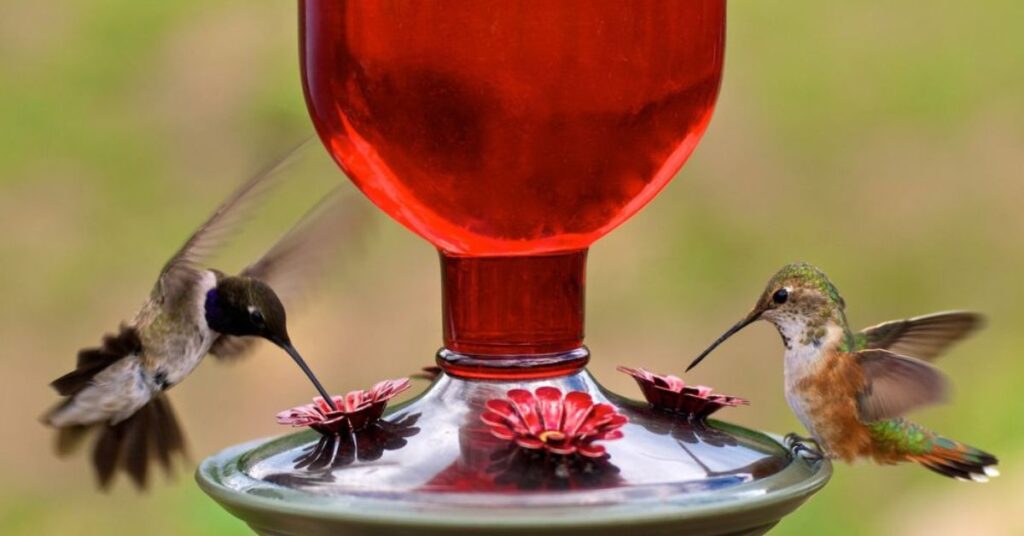
When choosing the best hummingbird feeder for your yard, consider options that mimic natural flowers— feeders with red hues or flower-like designs can draw in more visitors.
Employing a blend of sweet nectar or sugar-water formula can entice even the pickiest of pollinators, ensuring you’re known as having the best hummingbird feeder ever! By providing a reliable feeding station that buzzes with activity all season long, you’ll create a joyful spectacle while supporting these vital pollinators in their endless quest for sustenance.
When Should I Put Out Hummingbird Feeders?
Timing is crucial when it comes to setting out hummingbird feeders. Ideally, you should place your hummingbird feeder in early spring, around the time when the first migratory birds start returning from their winter habitats.
The exact timing can vary based on your location; for instance, southern regions might see these vibrant visitors as early as mid-March, while northern areas might not attract them until late May. By having your feeder ready ahead of their arrival, you’ll ensure that they have a reliable food source during their long journey.
When selecting the best hummingbird feeder for your garden or balcony space, look for models with bright colors and easy-to-clean designs to prevent mold and sugar buildup. A well-designed hummingbird feeder will not only attract these delightful creatures but also provide a safe feeding environment.
Consider investing in what some enthusiasts call the best hummingbird feeder ever, which often features multiple feeding ports and even bee guards to help keep unwanted insects away. Maintaining a clean environment and providing fresh nectar will make your setup irresistible to hungry hummers!
How Do I Keep Insects Off My Hummingbird Feeder?
Keeping insects off your hummingbird feeder is essential to ensuring that these beautiful birds can enjoy their nectar without competition. One effective strategy is to choose the best hummingbird feeder design that features built-in ant moats or bee guards. These specialized features help create a barrier, preventing pesky ants and bees from reaching the nectar while still allowing easy access for hummingbirds.
Positioning your best hummingbird feeders away from flowering plants can deter insects that are attracted to both flowers and feeders. Regular maintenance is also crucial; clean your feeder every few days to prevent syrup buildup, which naturally attracts unwanted pests.
Finding the best hummingbird feeder for your needs—whether it’s one with insect-repelling designs or one that’s easy to clean—can significantly enhance both your enjoyment of these captivating creatures and their well-being. Embrace these techniques, and you’ll soon have a thriving oasis free from insect interference!
Are Plastic Or Glass Better For Hummingbird Feeders?
To select the best hummingbird feeder, a common debate arises: plastic or glass? Each material has its own set of advantages, making them both worthy contenders. Glass hummingbird feeders are often favored for their durability and ease of cleaning; they’re less likely to warp under sunlight and can withstand the elements longer than plastic alternatives. Plus, their aesthetic appeal adds a touch of elegance to any garden setting, making them a favorite among serious birdwatchers.
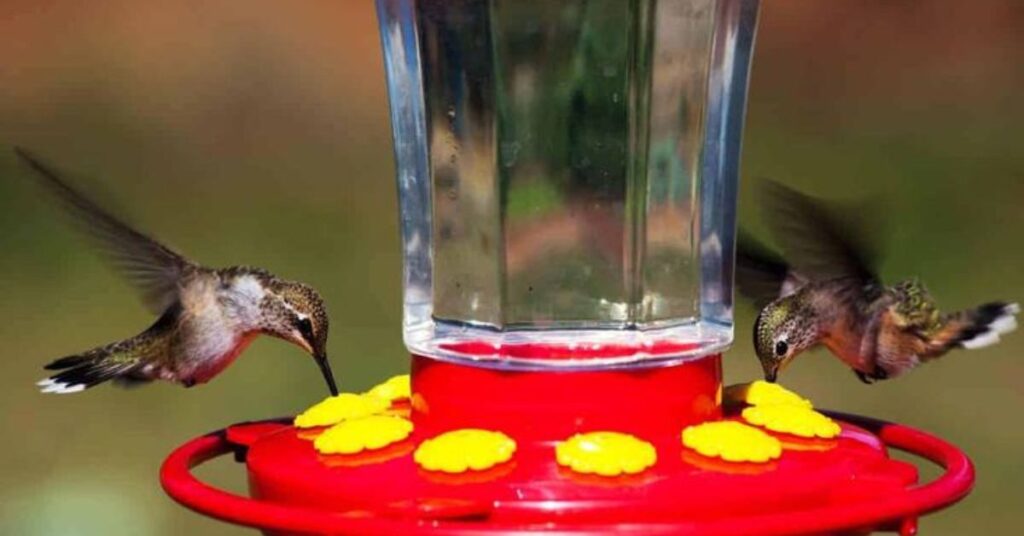
Plastic hummingbird feeders may be more practical for casual enthusiasts or those who frequently change their feeder’s location. Lightweight and often more affordable, these feeders can be easily hung in various spots without concern for breakage. However, keep an eye on quality—some lower-end versions can degrade quickly under constant exposure to UV light from the sun.
Whether you choose glass or plastic could depend on your gardening style and how much time you’re willing to invest in maintenance; both types can attract beautiful hummingbirds when positioned correctly and filled with sweet nectar!
If you enjoyed our article on the best hummingbird feeder, you might also love our other article, “Tips for Placing a Hummingbird Feeder.“
Conclusion
Selecting the right hummingbird feeder is essential for attracting these beautiful birds to your backyard. By considering factors such as design, material, and ease of cleaning, you can ensure a delightful experience for both you and the hummingbirds. The best feeders not only provide sustenance but also enhance your outdoor space with their vibrant colors and unique shapes.
Remember to keep the feeding solution fresh and clean to promote healthy visits from these amazing creatures. So, choose a feeder that suits your needs and get ready to enjoy the enchanting spectacle of hummingbirds in flight!
FAQ’s
Which Feeder Do Hummingbirds Like Best?
To attract hummingbirds, the type of feeder you choose can significantly impact their visitation. Most hummingbirds are particularly drawn to feeders that feature bright colors, especially red, as these hues mimic the vibrant flowers they naturally seek for nectar.
A feeder with a wide opening or one that includes multiple feeding ports can accommodate several birds at once, making it more appealing.
What Do Hummingbirds Like To Eat The Most?
Hummingbirds primarily feed on nectar from flowers, which provides them with the essential sugars they need for energy. They are particularly attracted to brightly colored, tubular-shaped blooms, as these often signal a high sugar content.
Some common plants that attract hummingbirds include trumpet vine, bee balm, and salvia. In addition to nectar, hummingbirds also consume small insects and spiders to obtain protein, vitamins, and minerals necessary for their growth and reproduction.
What Is The Best Hummingbird Feeder?
The Perky-Pet Glass Hummingbird Feeder is often considered the world’s best hummingbird feeder for its durable design and bird-friendly features. Another top choice is the First Nature 16 oz Feeder, known for its affordability and simple design.
- How To Keep Bees Away From Hummingbird Feeders - March 20, 2025
- How To Attract Owls To Your Yard - March 11, 2025
- Breeding Season For Wild Birds - March 9, 2025
